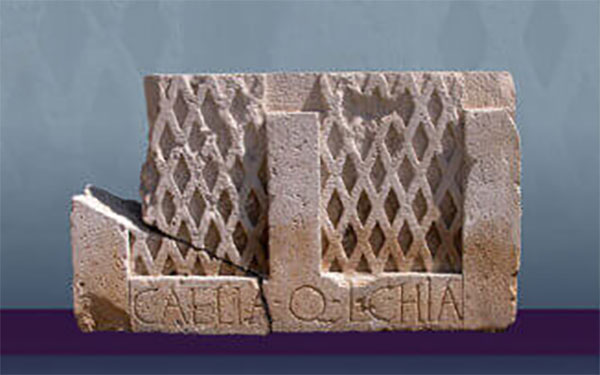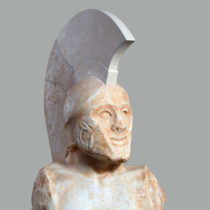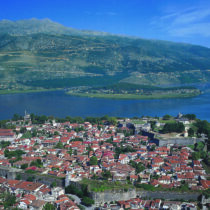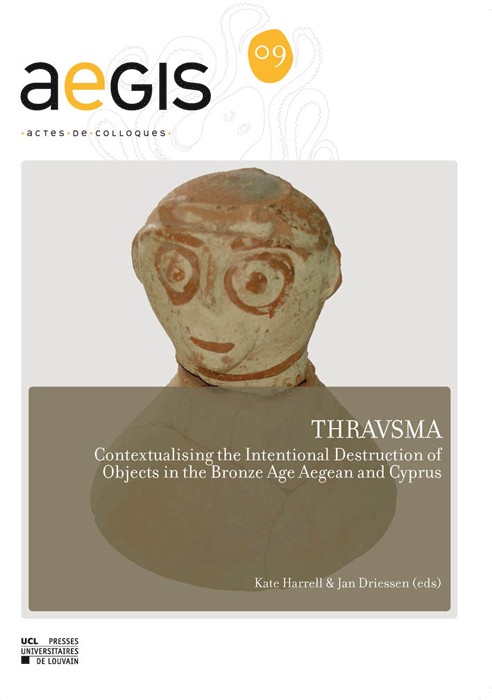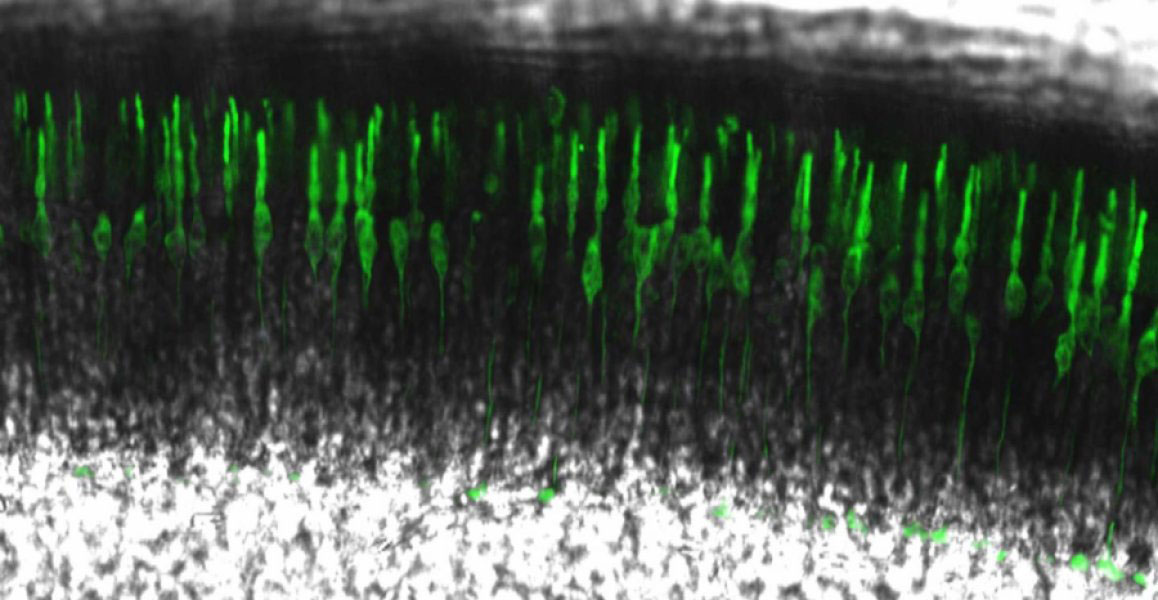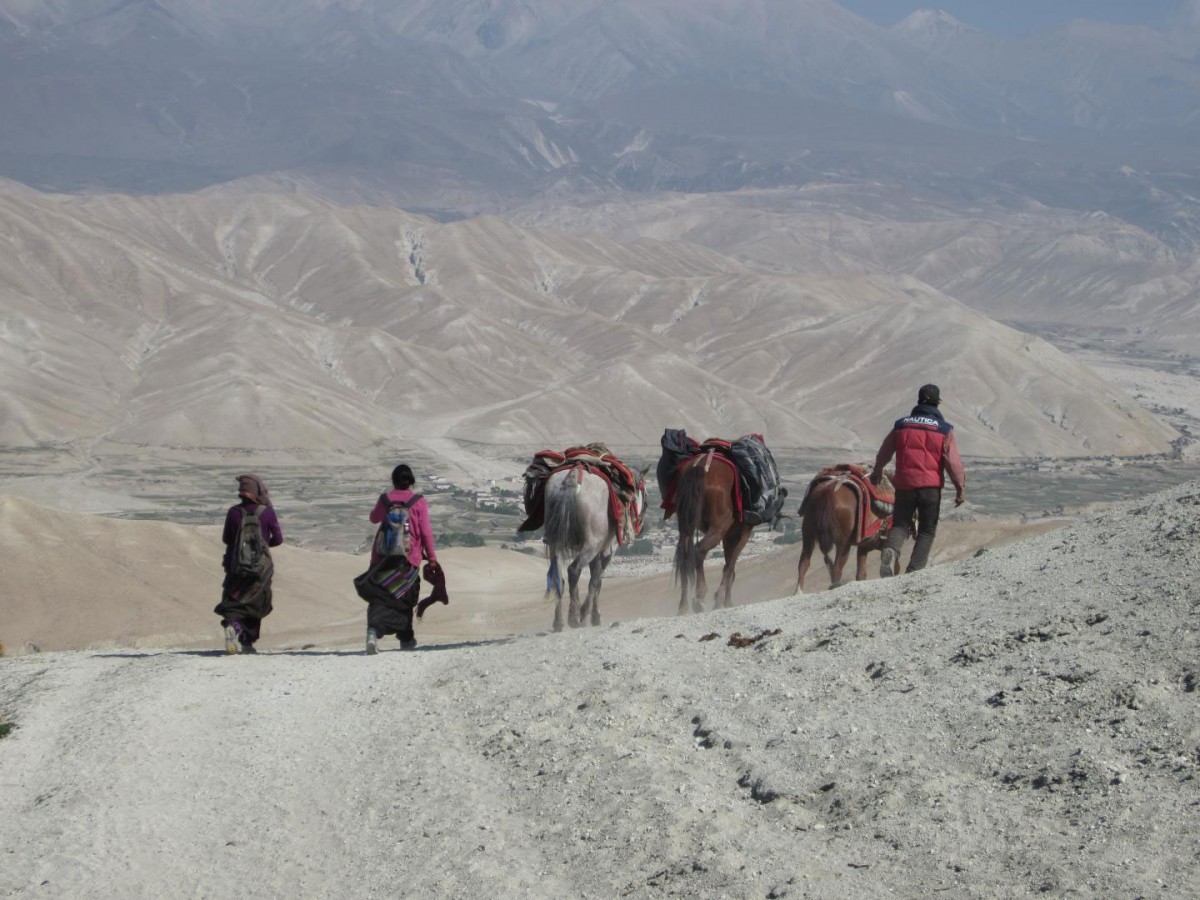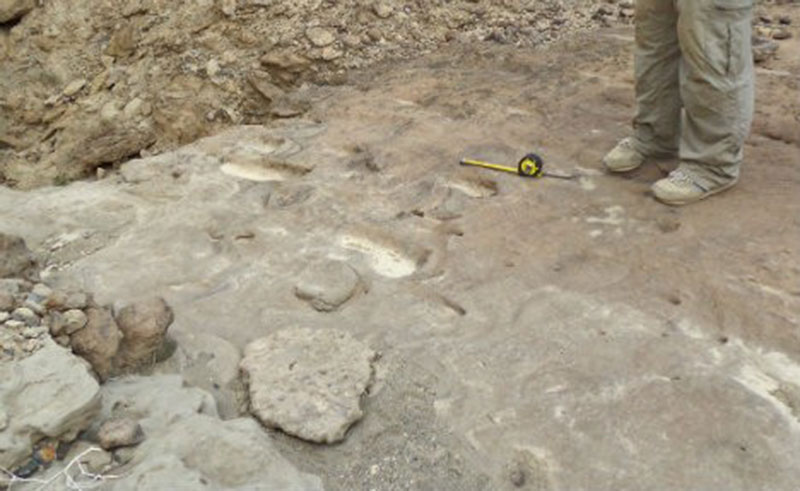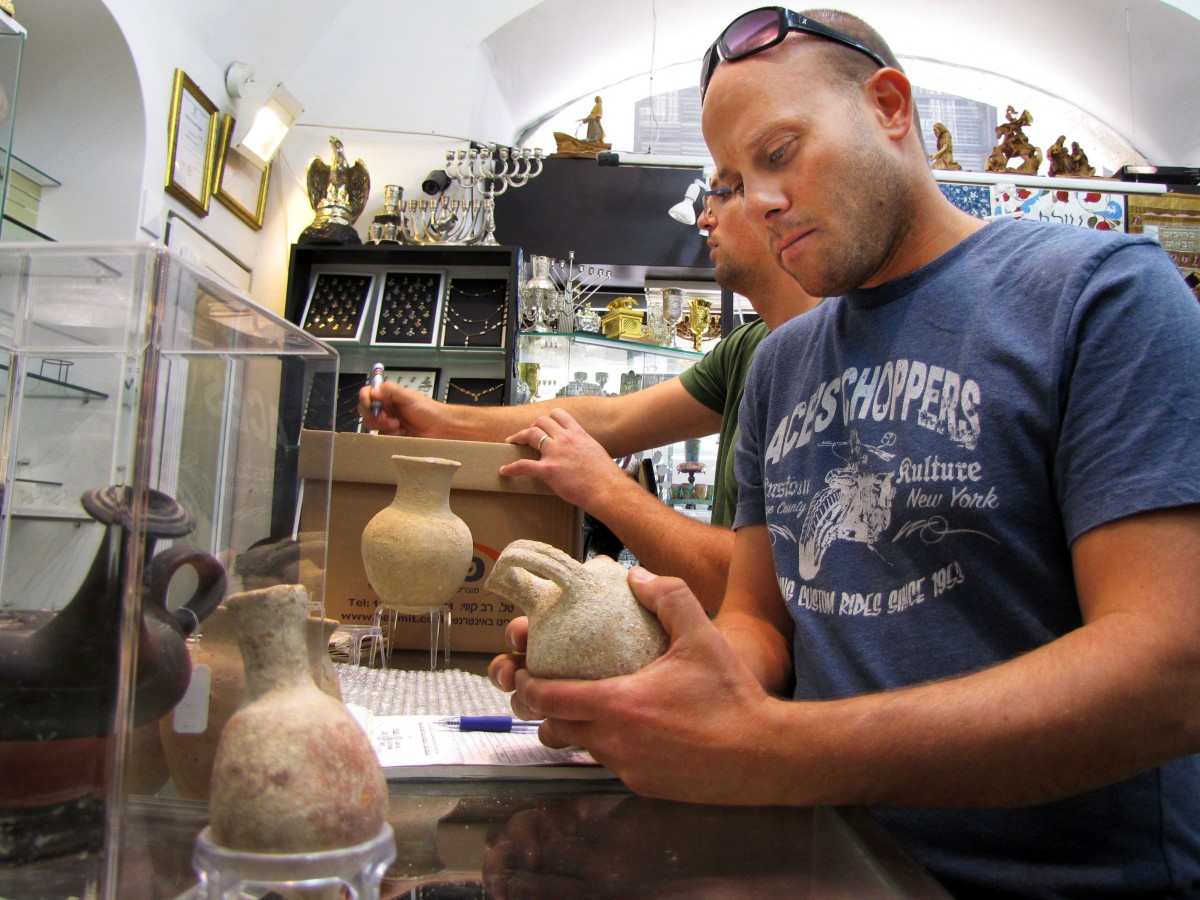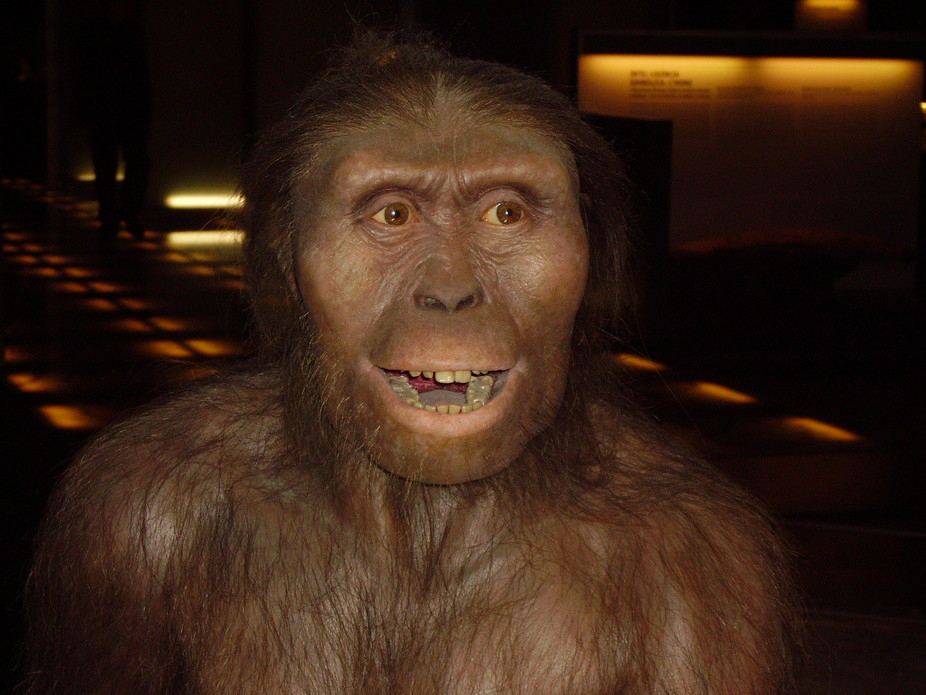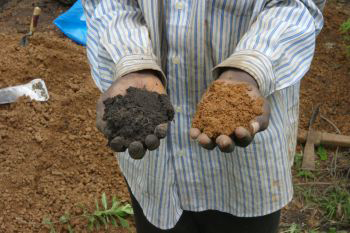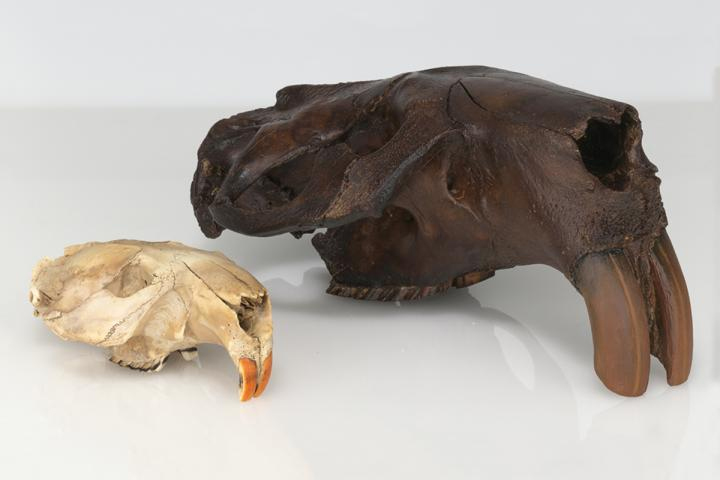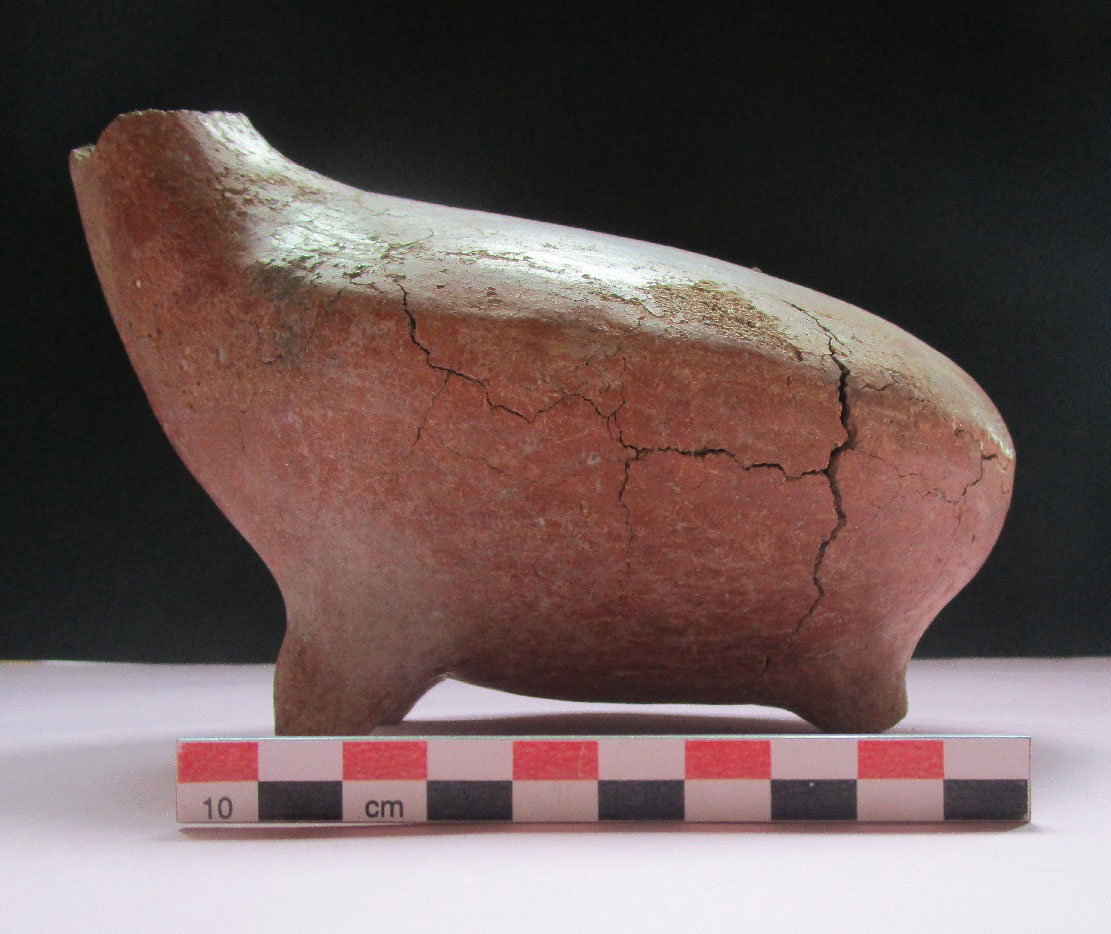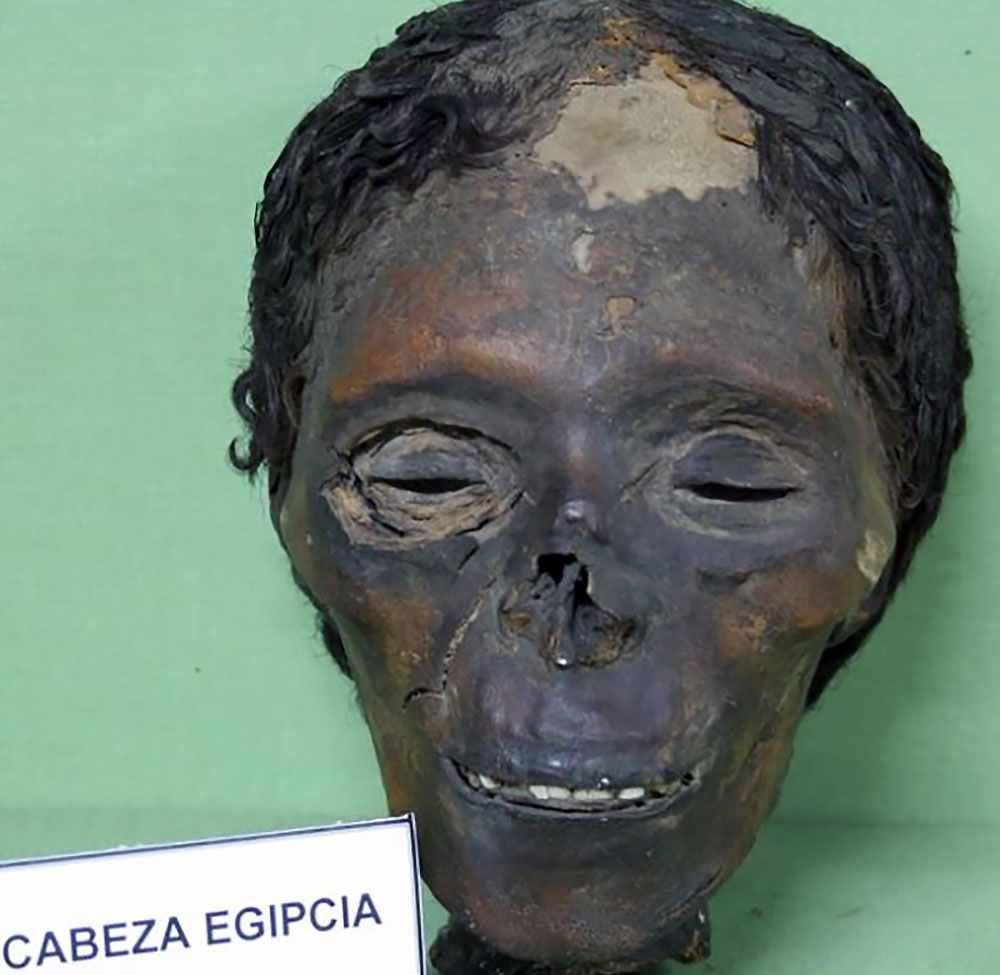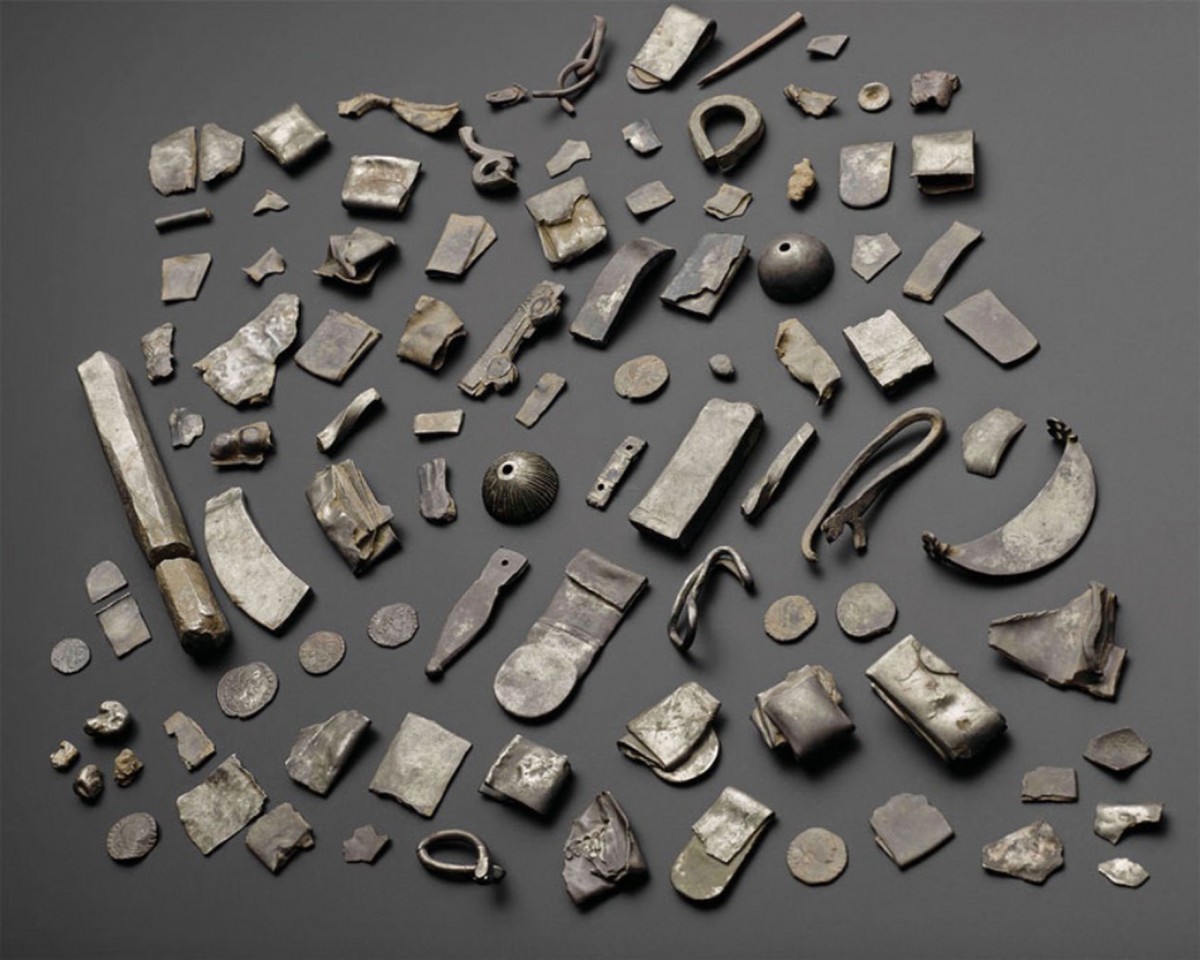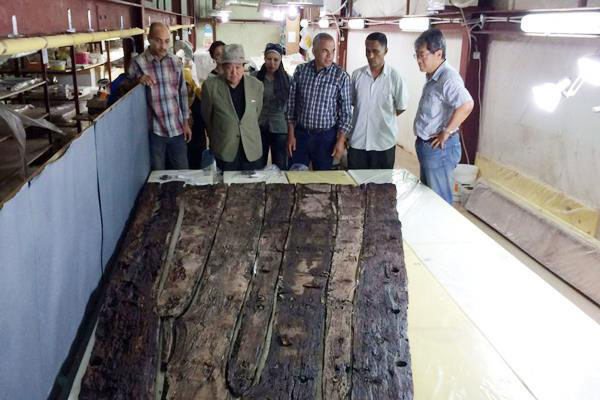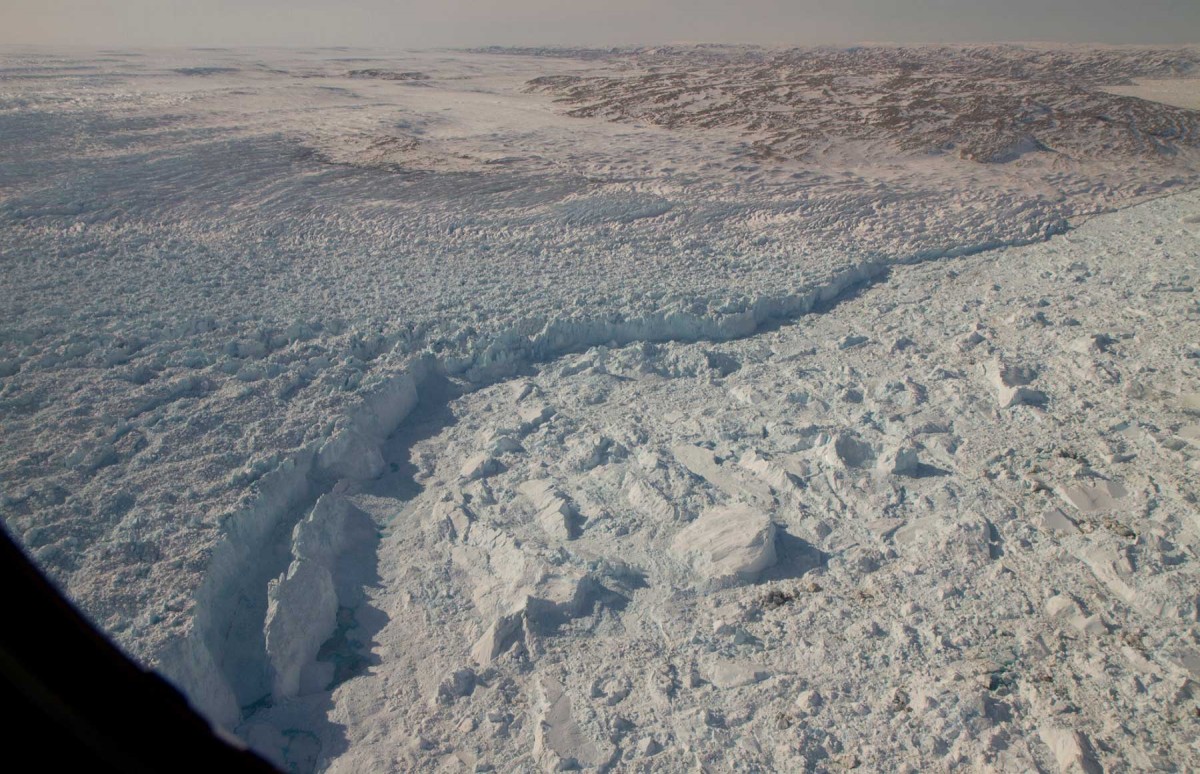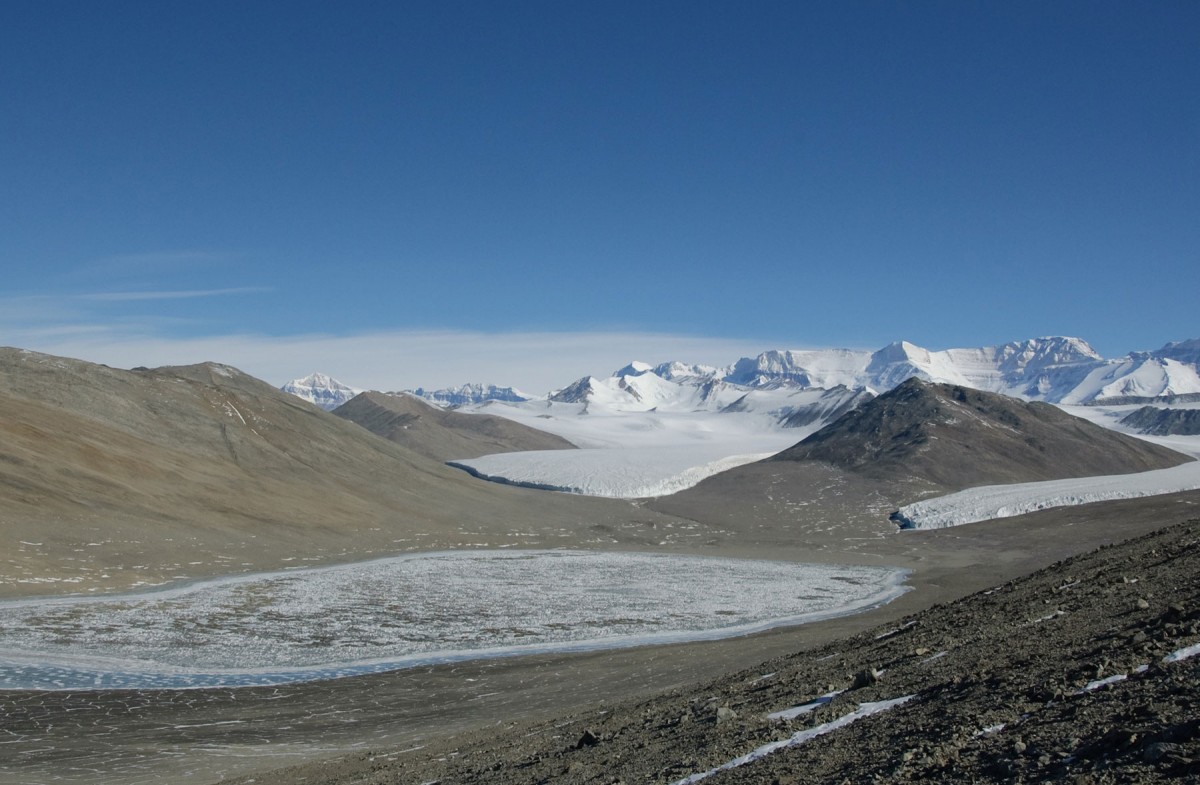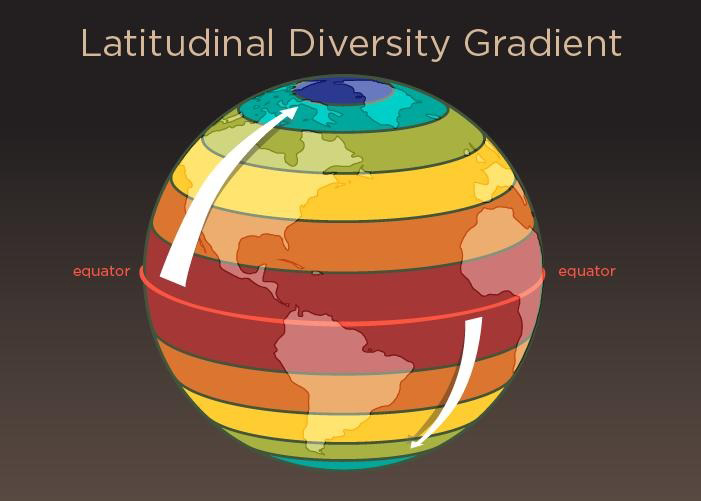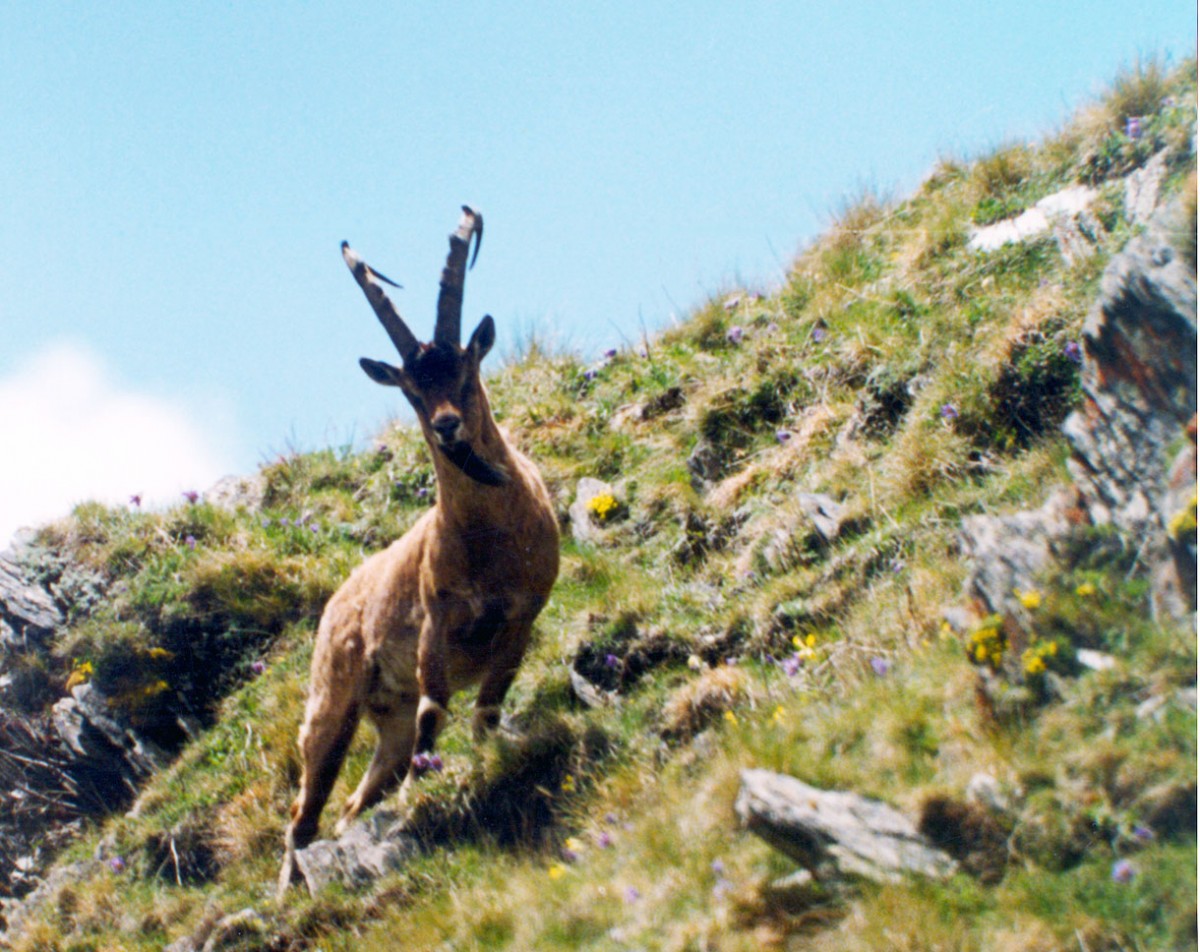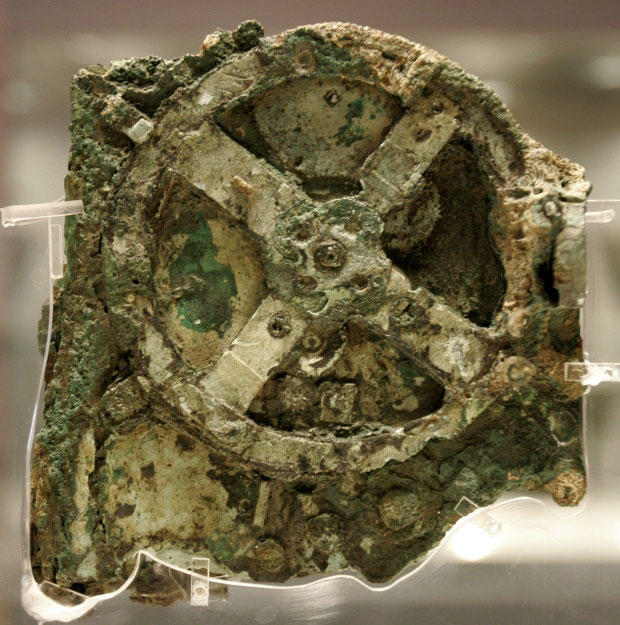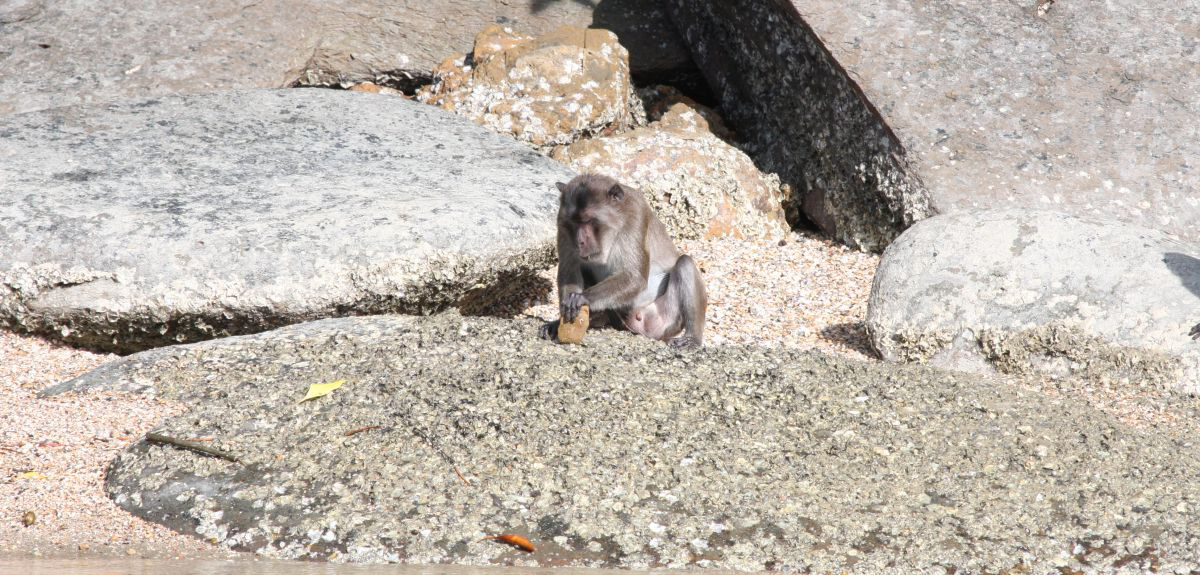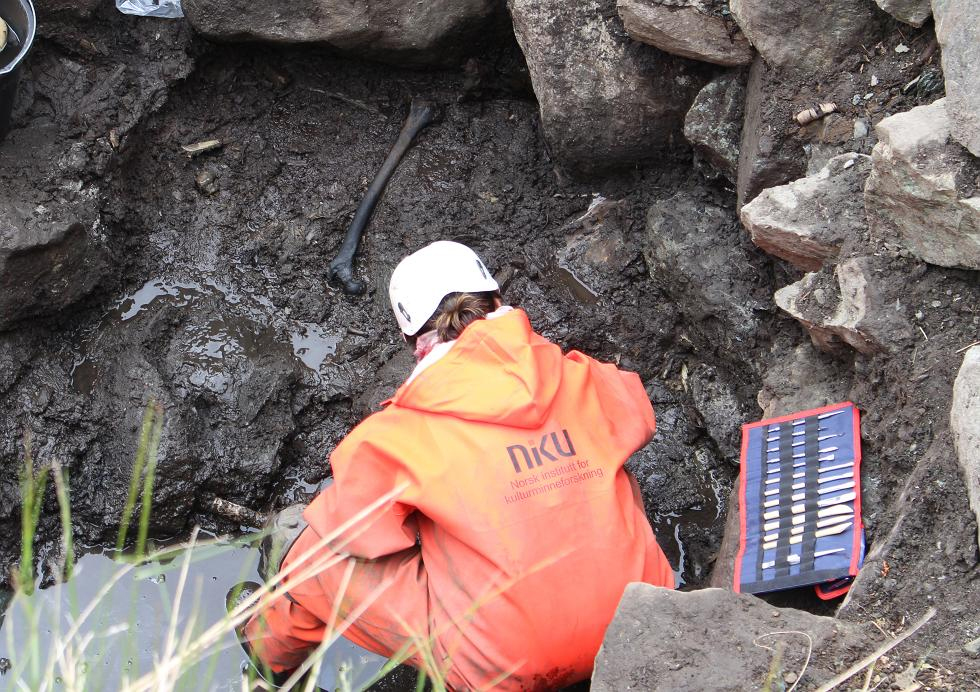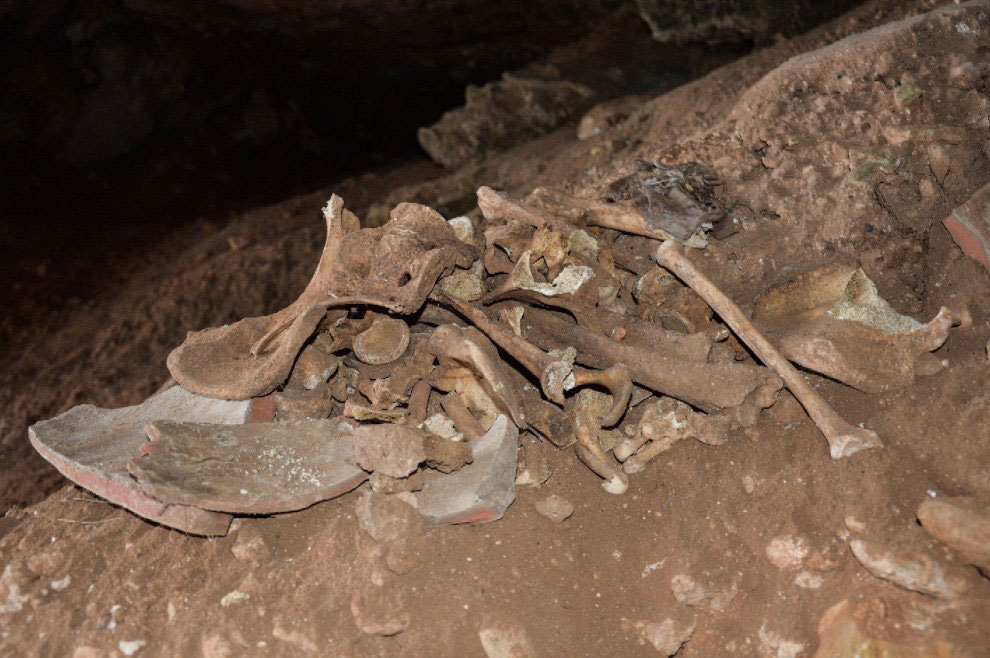Thravsma. Contextualising the Intentional Destruction of Objects in the Bronze Age Aegean and Cyprus
This volume is an initial step in addressing a gap in the scholarship by aiming to deconstruct and contextualize the practice of intentional fragmentation.
Book chronicles rise of urban planning in ancient Egypt
The pyramids and temples of Egypt were the result of some of the world’s first urban planners—the ruling pharaohs who invested in town planning.
How early mammals evolved night vision to avoid predators
Early mammals evolved in a burst during the Jurassic period, adapting a nocturnal lifestyle when dinosaurs were the dominant daytime predator.
Researchers find Highland East Asian origin for prehistoric Himalayan populations
New study finds that the genetic make-up of high-altitude Himalayan populations has remained remarkably stable despite cultural transitions and exposure to outside populations through trade.
Homo Erectus footprints discovered
A team of Italian archaeologists have discovered fossilized footprints in the desert of south eastern Eritrea, probably of Homo Erectus.
Hundreds of ancient artifacts seized during a raid on a souvenir shop in Jerusalem
Israel Antiquities Authority (IAA) agents confiscated bronze arrowheads, 2,000-year-old coins, perfume vessels, and other ancient artifacts during the raid of a souvenir store in an upscale Jerusalem mall that was lacking a proper license.
“No giant leap for mankind. Why we’ve been looking at human evolution in the wrong way”
In an opinion article originally published on The Conversation Professor of Human Evolution at the University of Cambridge, Robert Foley discusses why we’ve been looking at human evolution in the wrong way.
700-year-old West African soil technique could help mitigate climate change
Ancient farming practice could be the answer to offsetting CO2 emissions and preventing food shortages.
Study hopes to solve mystery of tomb KV55 in Luxor
A study of gold chips from tomb KV55 will be initiated this week aiming to reveal the individual of the sarcophagus, the Ministry of Antiquities announced on Wednesday.
Historic fossils find new life telling the story of ancient proteins
A few snippets of protein extracted from the fossil of an extinct species of giant beaver are opening a new door in paleoproteomics, the study of ancient proteins.
Wine used in ritual ceremonies 5000 years ago in Georgia, the cradle of viticulture
Vine pollen has been found in a zoomorphic vessel used in ritual ceremonies by the Kura-Araxes population.
Egyptian mummified head bears traces of dermatosis linked with skin bleaching cosmetics
Ancient Egyptians regarded the use of cosmetics both for aesthetic purposes as well as magical and religious ones, and the use of such cosmetics was common among members of royal families.
Silver Roman period hoard found in Scotland
Archaeologists discovered a hoard of 100 silver items in a Scottish rocky field, all dating to late Roman times, called the Gaulcross hoard.
Pharaoh Khufu’s second boat timber unearthed
Restorers of Pharaoh Khufu's second solar boat have found timber probably beams comprising the floors of the captain's shrine of the boat.
Huge ancient river basin explains location of the world’s fastest flowing glacier
An ancient basin hidden beneath the Greenland ice sheet may help explain the location, size and velocity of Jakobshavn Isbræ, Greenland’s fastest flowing outlet glacier.
Research shows Antarctic lakes are a repository for ancient soot
Remote lakes in a perpetually ice-free area of Antarctica show not only the chemical signature of ancient wildfires, but also some much more recent evidence of fossil-fuel combustion.
Current diversity pattern of North American mammals a ‘recent’ trend
A new study of fossils representing 63 million of the past 65 million years reveals that the modern Latitudinal Diversity Gradient is the exception rather than the rule.
Species diversity dependent on environmental changes
The number of species that can exist on Earth depends on how the environment changes, according to new research led by the University of Southampton.
Ancient DNA analysis of goat bones sheds light on Neolithic Caucasus
DNA analysis of Neolithic domestic goats reveals that the goats were introduced into the Southern Caucasus from the Fertile Crescent during the early sixth millennium BC, probably alongside establishment of trade links or population movement.
Scientists closer to identifying Antikythera Mechanism purpose
An international team of scientists have managed to decipher 3,500 characters in the inner layers of the Antikythera Mechanism.
Tool use by Old World monkeys
A new study looks into the history of stone tools used by wild macaques in coastal Thailand. It finds they have been using them for decades.
Skeleton confirms historical events mentioned in the Viking Sagas
Archaeologists working in Trondheim in Norway have unearthed a human skeleton in the bottom of an abandoned castle well. The skeleton provides evidence that confirms dramatic historical events mentioned in the Viking Sagas.
The “tokens” (tesserae) of Palmyra
The “tokens” of Palmyra are an unusual category of ancient artifacts. They are different shaped tiles, almost exclusively ceramic, bearing embossed images, usually on both sides.
Tourists in Italy discover Roman child skeleton
Tourists hiking in the Lazio region in Italy found a skeleton, probably of an ancient Roman child, while exploring a cave.
